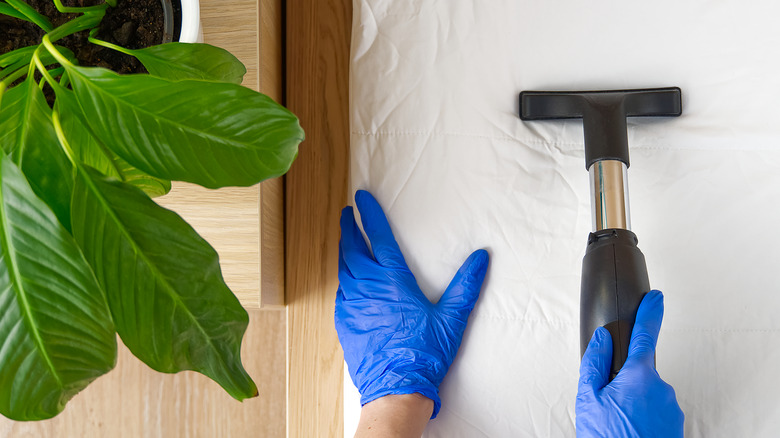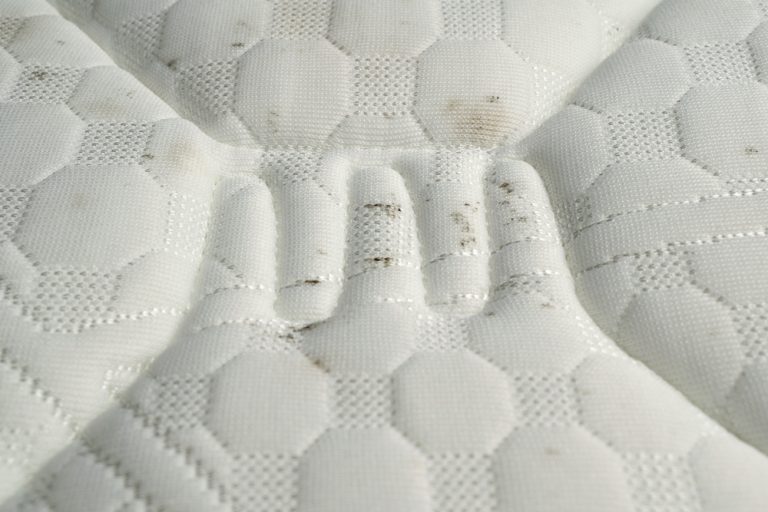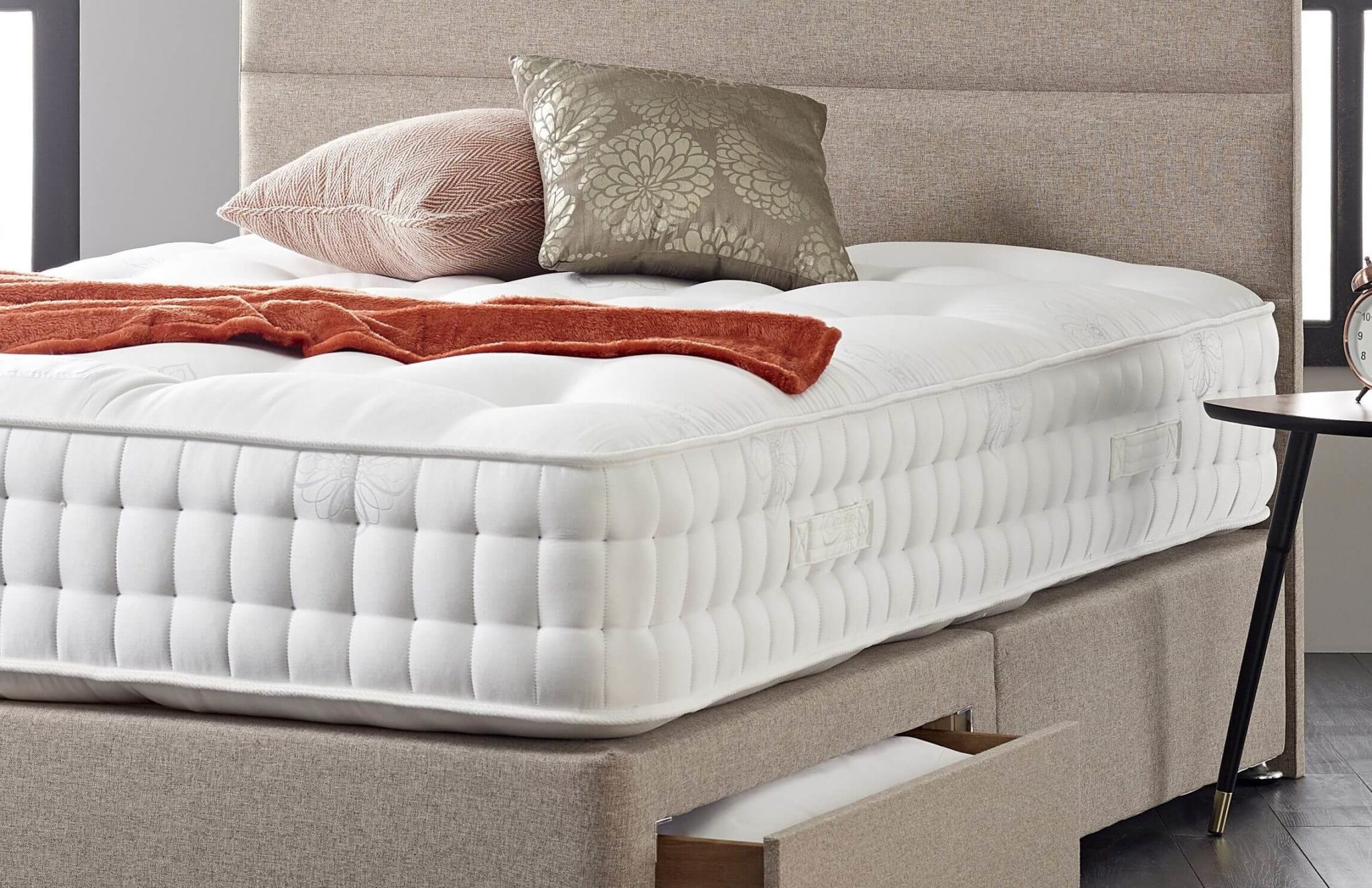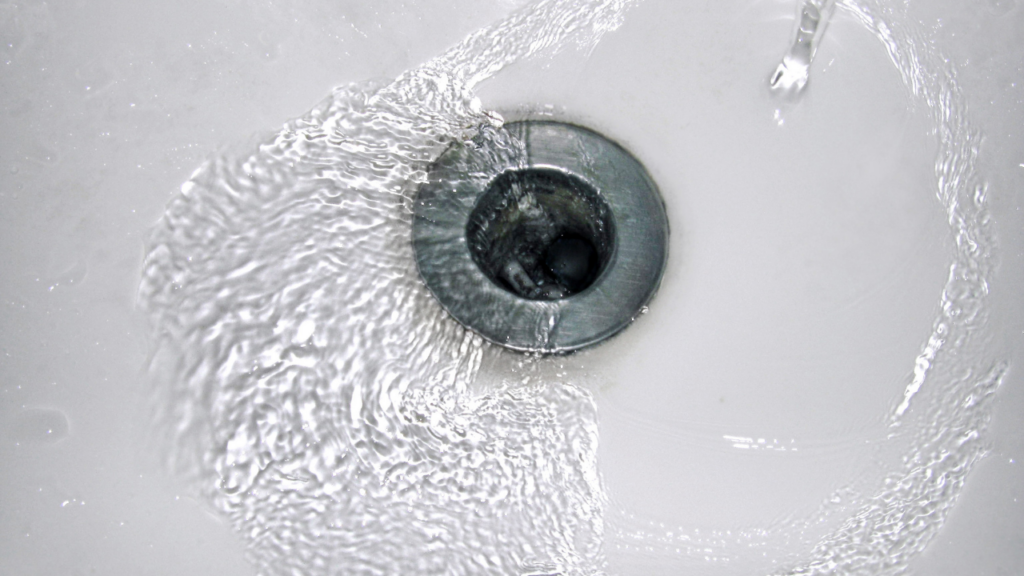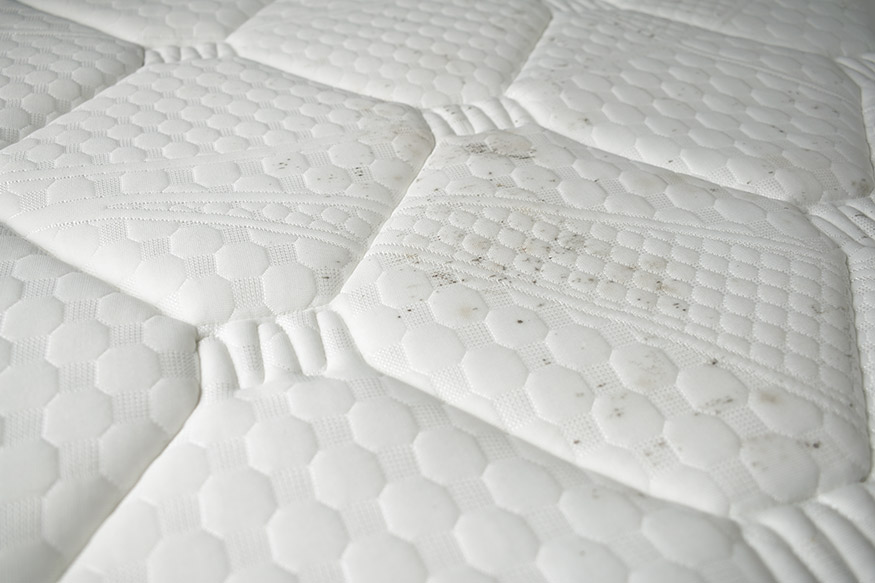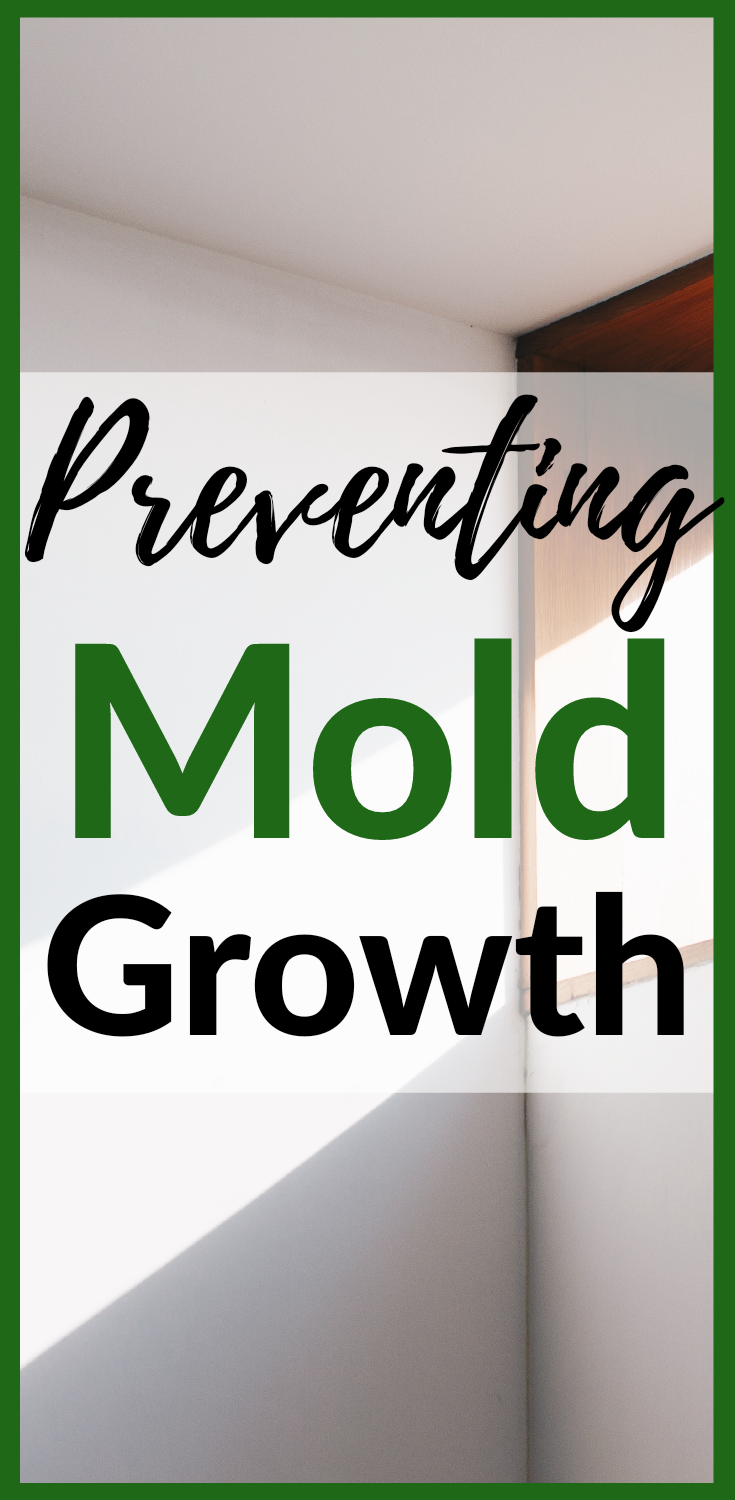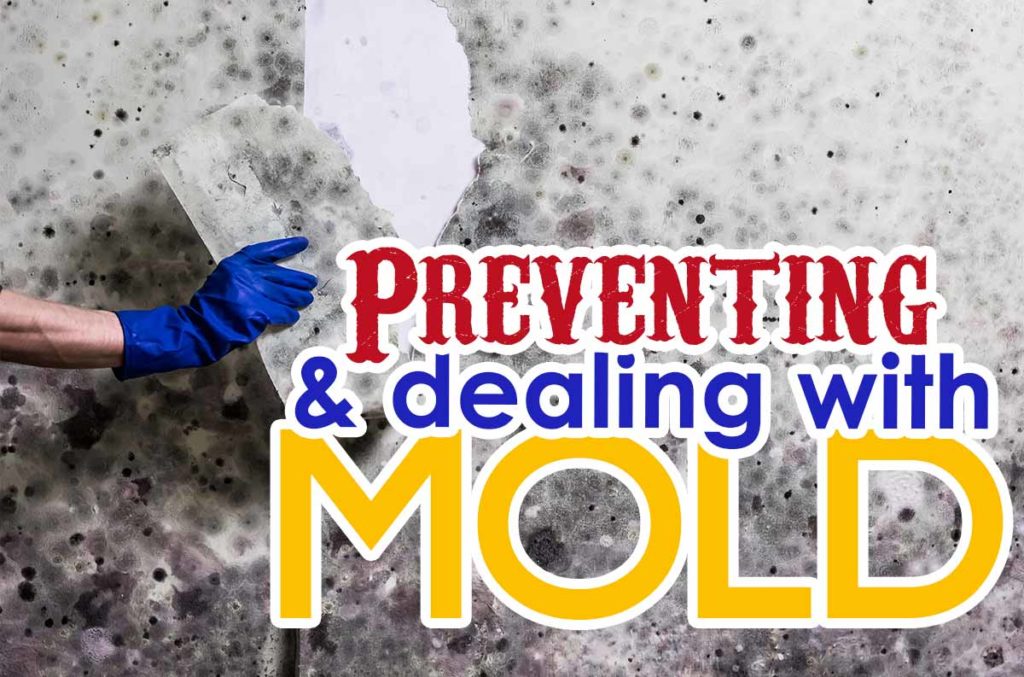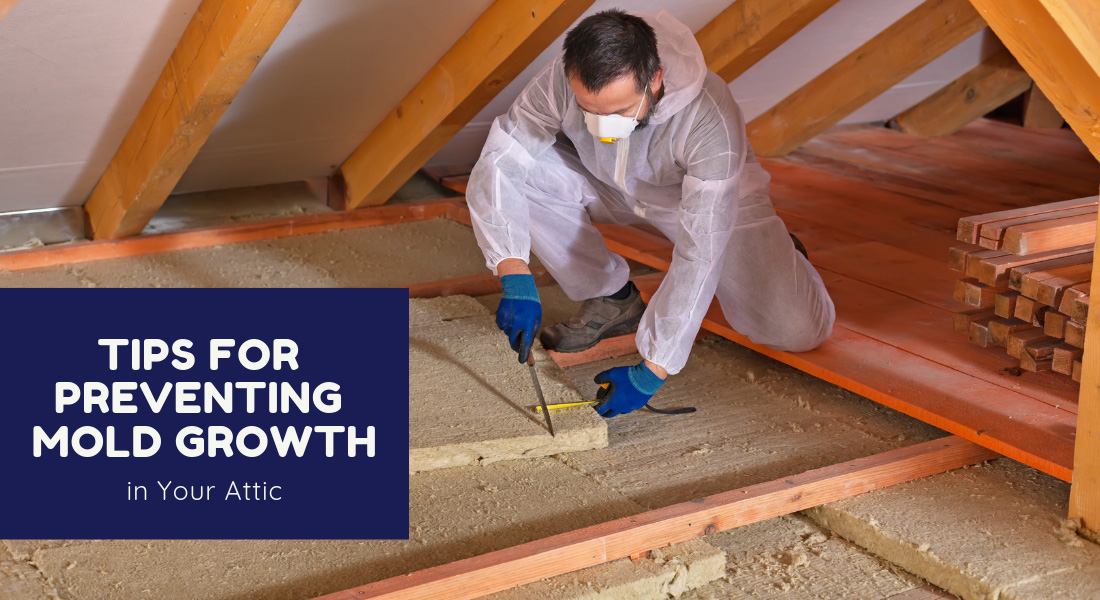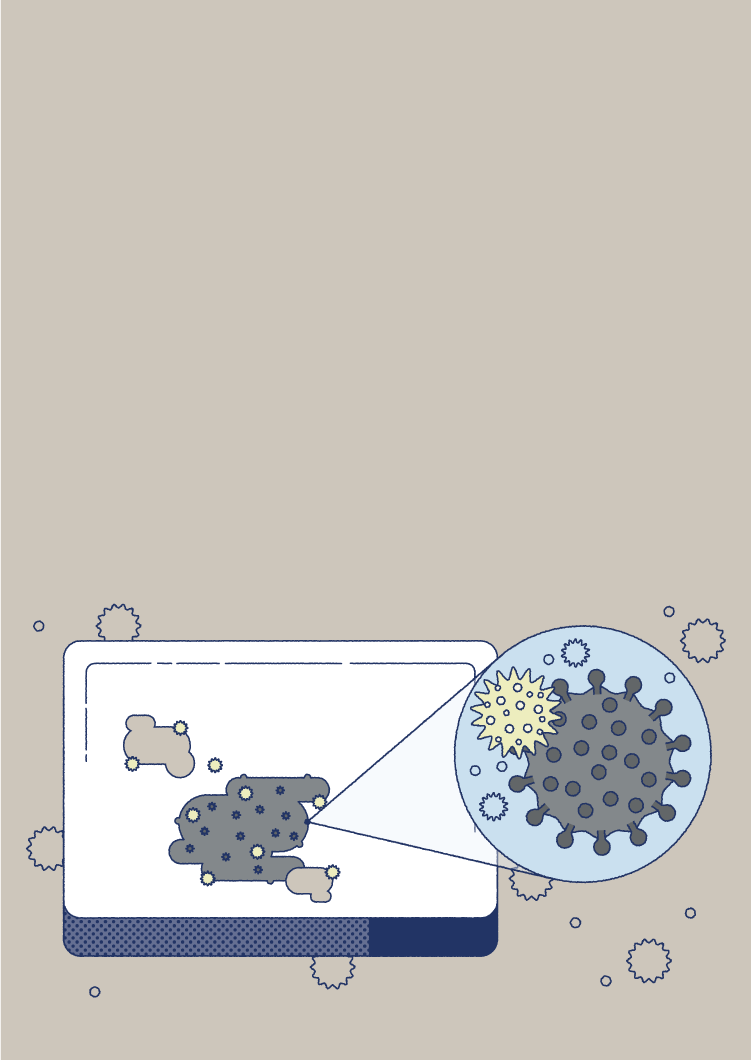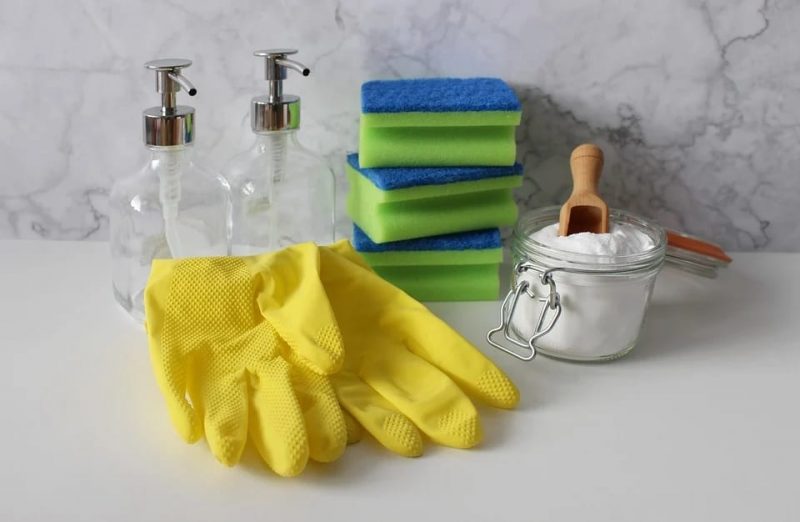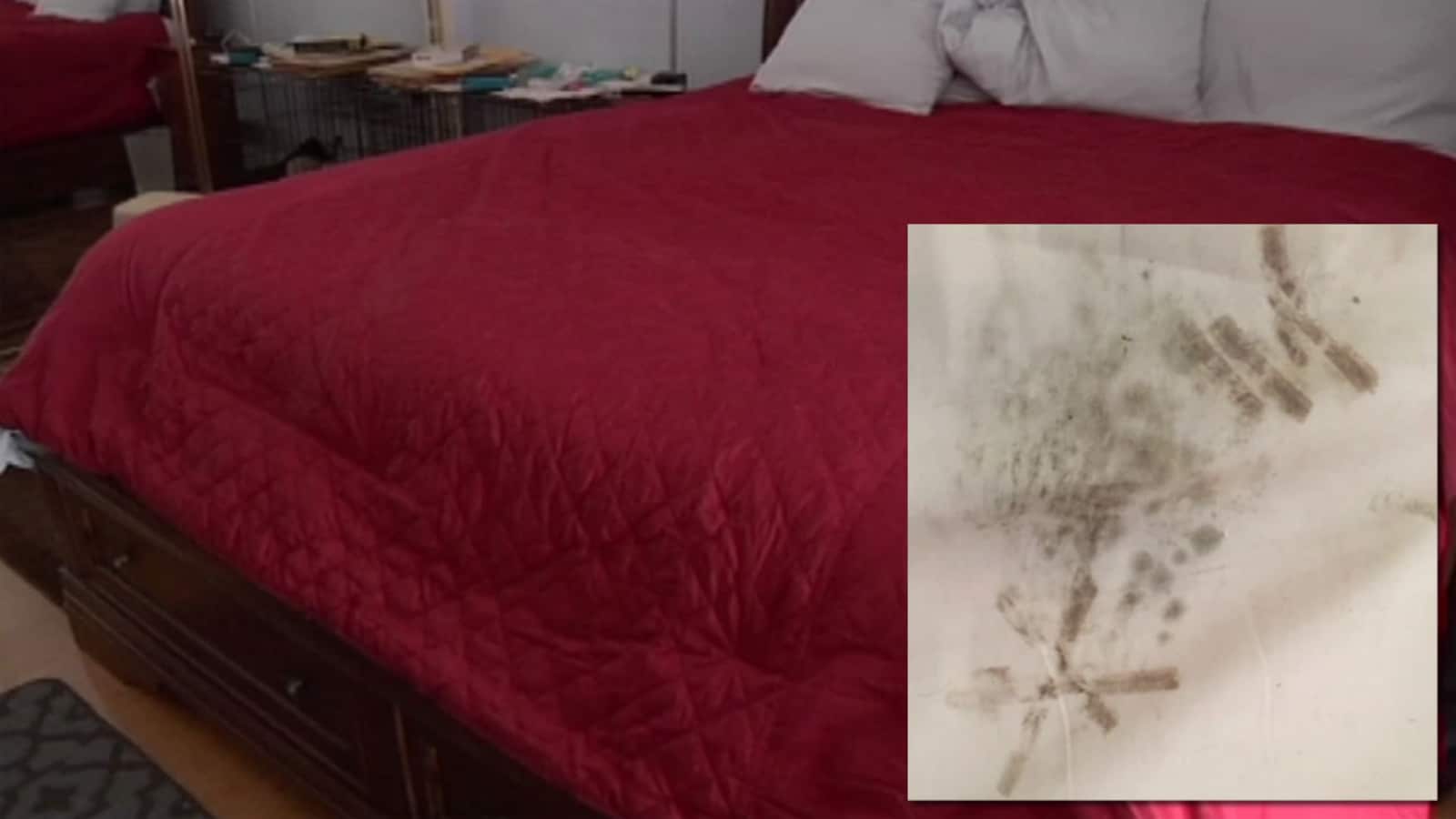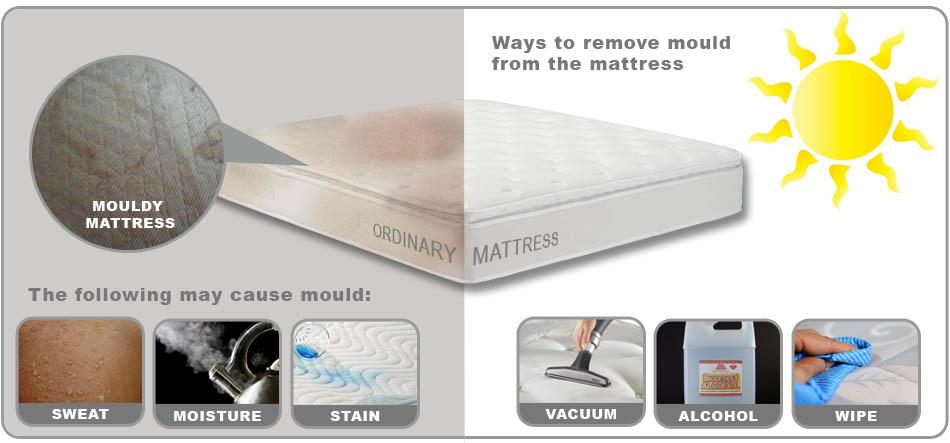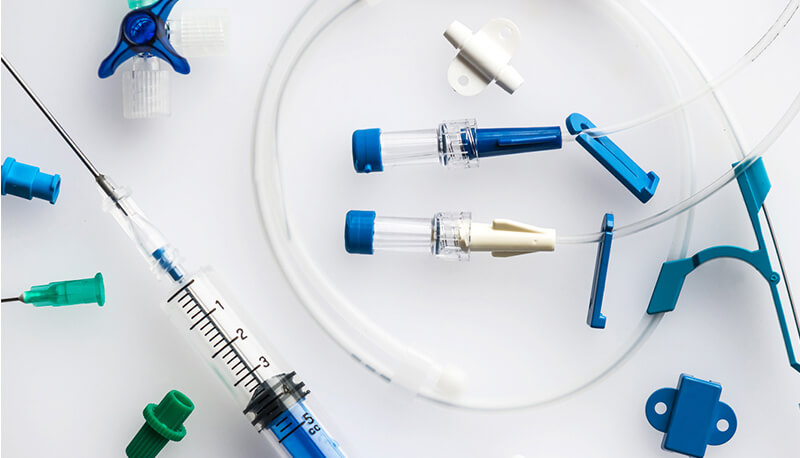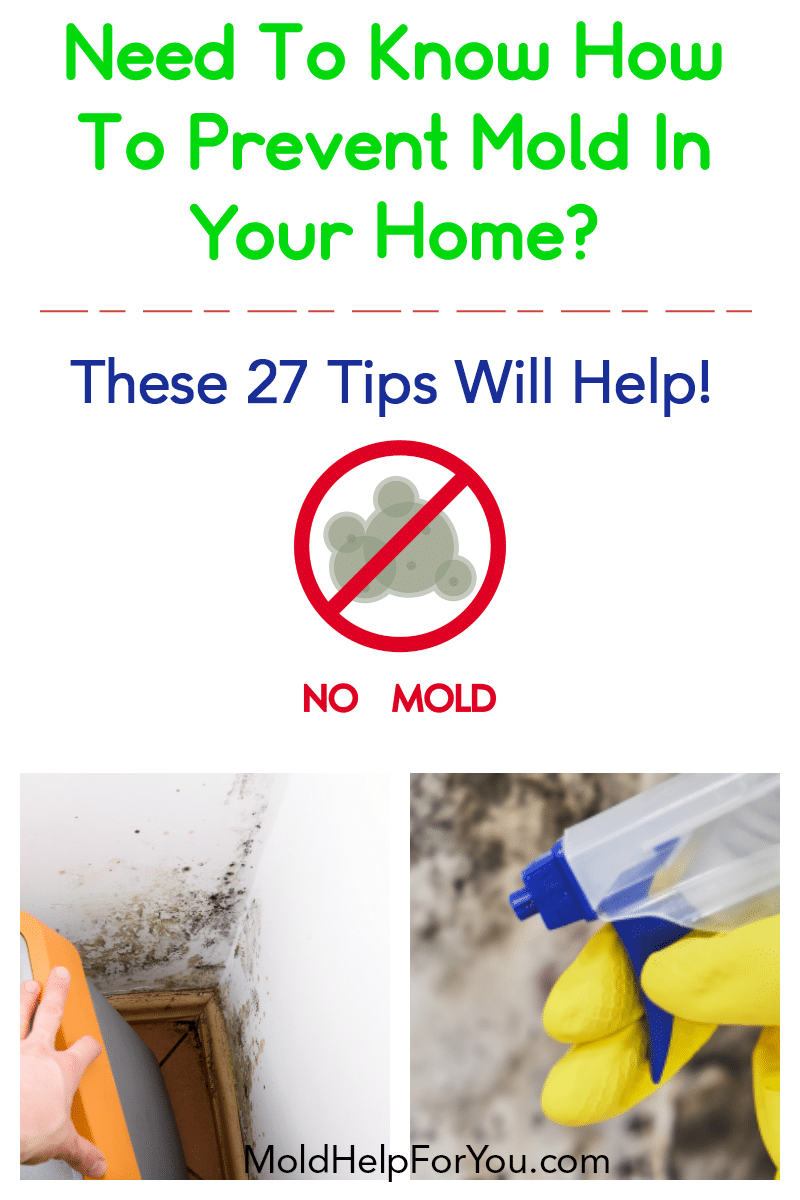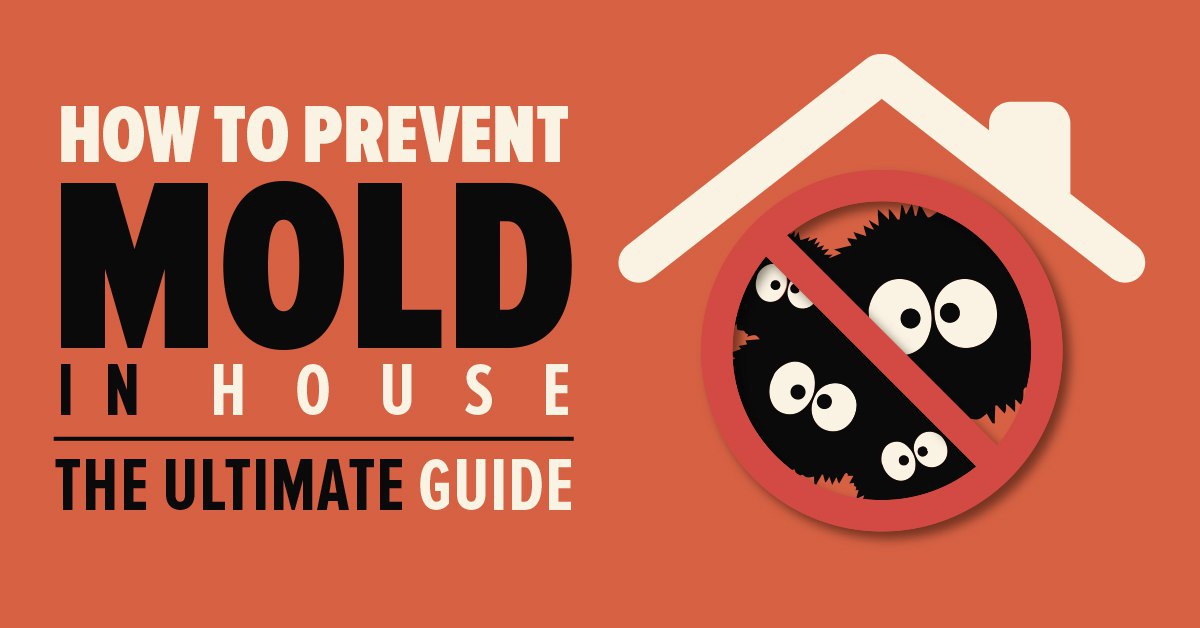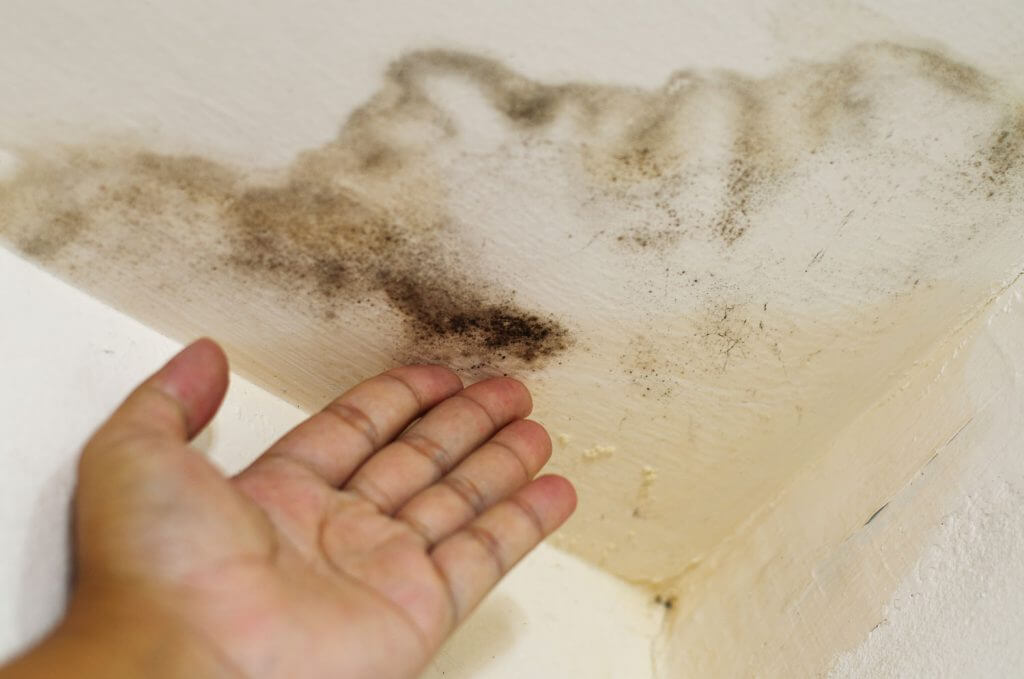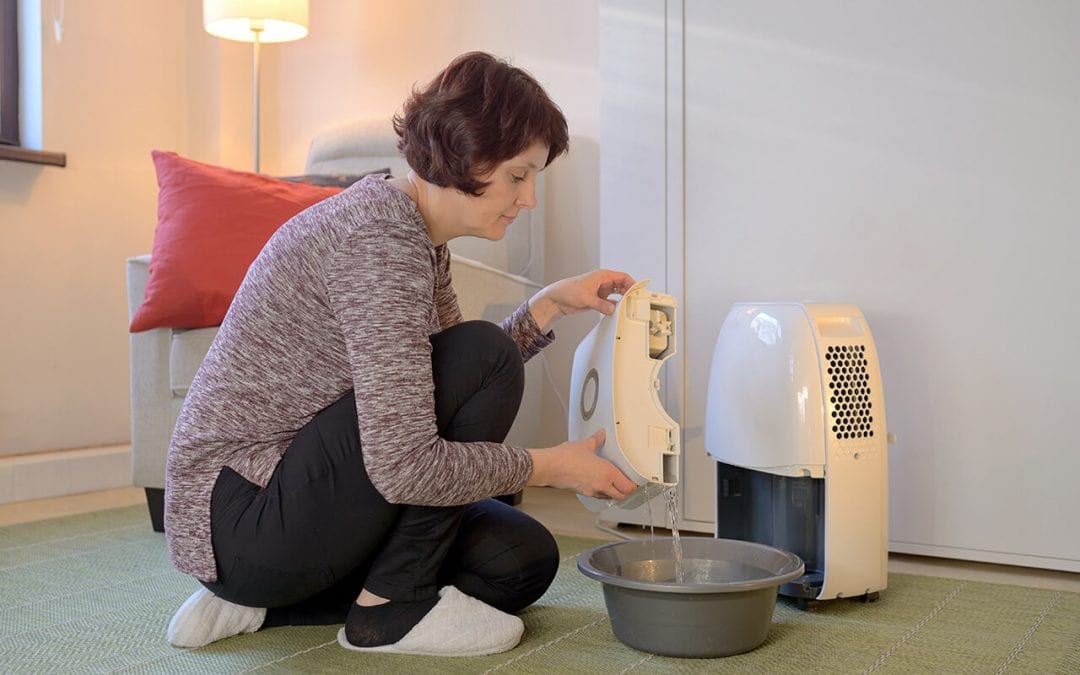Preventing Mold on Foam Mattresses
Mold is a common problem that can affect any type of mattress, including foam mattresses. Not only is mold unsightly and can ruin the appearance of your mattress, but it can also be a health hazard. Mold can trigger respiratory problems and allergies, making it important to prevent its growth on your foam mattress. Here are 10 ways to keep your foam mattress mold-free.
How to Keep Your Foam Mattress Mold-Free
1. Use a Mattress Protector: Investing in a good quality mattress protector can go a long way in preventing mold growth on your foam mattress. A waterproof and breathable protector can keep moisture away from your mattress, reducing the risk of mold formation.
2. Keep the Room Well-Ventilated: Mold thrives in damp and humid environments, so it's essential to keep your bedroom well-ventilated. Open windows and use a fan or air purifier to circulate fresh air and reduce moisture levels.
3. Avoid Eating and Drinking on the Bed: Spills and crumbs can attract mold growth on your mattress. Avoid eating or drinking on your bed to prevent any potential moisture or food particles from seeping into your foam mattress.
4. Check for Leaks: A leaking roof or a plumbing issue can cause excess moisture in your bedroom, leading to mold growth on your foam mattress. Regularly check for any leaks and address them promptly.
5. Rotate and Flip Your Mattress: Regularly rotating and flipping your foam mattress can prevent the buildup of moisture and allow it to air out evenly. This can also extend the lifespan of your mattress.
6. Keep it Clean: Regularly vacuum your foam mattress to remove any debris and dust that can attract mold. You can also use a mild cleaning solution and a cloth to spot clean any stains.
7. Use a Dehumidifier: If your bedroom tends to be humid, consider investing in a dehumidifier to maintain optimal moisture levels. This can also help prevent mold growth on your foam mattress.
8. Dry It Out: If your foam mattress gets wet, make sure to dry it out completely before putting any bedding back on. You can use a hairdryer on a low setting or place it in a well-ventilated area to air dry.
9. Don't Store It While Damp: If you're moving or storing your foam mattress, make sure it's completely dry before wrapping it in plastic. Dampness can lead to mold growth, especially if it's stored in a dark and humid place.
10. Replace It if Needed: If your foam mattress has visible mold growth, it's best to replace it. Mold can be difficult to completely remove, and even if you do, it can still pose a health risk.
Best Ways to Protect Your Foam Mattress from Mold
Preventing mold on your foam mattress is crucial, but what if you're already dealing with a mold problem? Here are some of the best ways to protect your foam mattress from mold if you're facing an existing issue.
1. Use a Mold-Resistant Mattress Cover: A mold-resistant mattress cover can provide an extra layer of protection against mold growth. Look for one that is specifically designed for foam mattresses and has anti-microbial properties.
2. Use a Mold and Mildew Cleaner: If you spot any mold on your foam mattress, use a mold and mildew cleaner specifically designed for mattresses. Follow the instructions carefully and make sure to thoroughly dry the mattress afterward.
3. Consider Professional Cleaning: If the mold growth is extensive, it's best to seek professional help. They have the expertise and equipment to thoroughly clean and disinfect your foam mattress to prevent any further mold growth.
Effective Tips for Preventing Mold on Foam Mattresses
1. Don't Use Harsh Chemicals: When cleaning your foam mattress, avoid using harsh chemicals that can damage the material. Stick to mild cleaning solutions or natural alternatives such as a mixture of vinegar and water.
2. Keep Pets Off the Bed: As much as we love our furry friends, their dander and saliva can attract mold growth on your foam mattress. Keep them off the bed to prevent any potential mold issues.
3. Don't Overwater Your Plants: If you have indoor plants in your bedroom, make sure not to overwater them. Excess water can lead to humidity and moisture, creating the perfect environment for mold to thrive.
4. Use a Humidity Monitor: A humidity monitor can help you keep track of the moisture levels in your bedroom. This can be especially helpful if you live in a humid climate.
5. Get Rid of Old Bedding: Old and worn-out bedding can harbor mold spores and contribute to mold growth on your foam mattress. Replace your bedding regularly to maintain a clean and healthy sleeping environment.
How to Stop Mold Growth on Your Foam Mattress
1. Act Fast: If you notice any signs of mold on your foam mattress, it's important to take action immediately. The longer you wait, the more difficult it will be to remove the mold completely.
2. Don't Ignore Musty Odors: If you notice a musty smell coming from your mattress, don't ignore it. This could be a sign of mold growth, and it's best to address it right away.
3. Use a UV Light: UV light can be effective in killing mold spores. If you have a UV light at home, you can use it to treat your foam mattress and prevent mold growth.
Preventing Mold on Your Foam Mattress: A Comprehensive Guide
We've covered various tips and tricks to prevent mold on your foam mattress, but here's a comprehensive guide to help you keep your mattress clean and mold-free.
1. Invest in a High-Quality Mattress: A high-quality foam mattress can be more resistant to mold and mildew. Make sure to do your research and invest in a good quality mattress that is durable and breathable.
2. Follow the Manufacturer's Instructions: Different types of foam mattresses may require different care instructions. Make sure to follow the manufacturer's instructions to maintain your mattress properly.
3. Keep an Eye Out for Any Signs of Mold: Regularly inspect your mattress for any signs of mold growth, such as dark spots or a musty smell. If you notice any, take action immediately.
4. Don't Store Your Mattress in a Basement: Basements are prone to humidity and dampness, making them an ideal breeding ground for mold. Avoid storing your foam mattress in a basement to prevent any potential mold issues.
5. Replace Your Mattress Every 8-10 Years: Foam mattresses have a lifespan of 8-10 years. After this time, the foam may start to break down, making it more susceptible to mold growth. Consider replacing your mattress after this time to maintain a clean and healthy sleeping environment.
Simple Steps to Prevent Mold on Your Foam Mattress
1. Use a Mattress Cover: A mattress cover can provide an extra layer of protection against moisture and mold. Make sure to choose one that is breathable and has anti-microbial properties.
2. Keep Your Bedroom Clean: Regularly dust and vacuum your bedroom to prevent any dust and debris from settling on your mattress. This can also help reduce the risk of mold formation.
3. Address Any Moisture Issues: If you notice any moisture issues in your bedroom, such as condensation on windows, address them promptly. This can help prevent mold growth on your foam mattress.
4. Don't Wait to Address Mold Issues: As mentioned earlier, it's important to act fast if you notice any signs of mold on your foam mattress. Don't wait for it to become a bigger problem.
Top Products for Preventing Mold on Foam Mattresses
1. Mattress Protectors: A good quality mattress protector can prevent moisture from seeping into your foam mattress and protect it from mold growth.
2. Dehumidifiers: A dehumidifier can help maintain optimal moisture levels in your bedroom and prevent mold growth.
3. Mildew Cleaners: If you're dealing with an existing mold problem, a mildew cleaner specifically designed for mattresses can help remove the mold effectively.
Expert Advice on How to Keep Your Foam Mattress Mold-Free
We spoke with sleep experts and asked for their top tips on preventing mold on foam mattresses. Here's what they had to say:
1. "Make sure to use a mattress protector to prevent any moisture from getting into your foam mattress. This can also protect it from spills and stains." - Dr. Sarah Lee, Sleep Specialist
2. "If you live in a humid climate, investing in a dehumidifier can be a game-changer. It can help reduce the risk of mold growth on your foam mattress and create a healthier sleeping environment." - Dr. John Smith, Sleep Consultant
3. "Regularly rotate and flip your foam mattress to evenly distribute the weight and prevent moisture buildup. This can also help extend the lifespan of your mattress." - Samantha Brown, Sleep Coach
Prevent Mold from Taking Over Your Foam Mattress with These Tips
Mold growth can be a nuisance, but by following these tips, you can prevent it from taking over your foam mattress. Remember to keep your bedroom clean and well-ventilated, address any moisture issues promptly, and invest in high-quality products to protect your mattress. With proper care, your foam mattress can stay mold-free and provide you with a comfortable and healthy sleep space for years to come.
How to Keep Your Foam Mattress Mold-Free: Tips and Tricks

Understanding Mold Growth on Foam Mattresses
 Mold is a type of fungus that thrives in warm, damp environments. Unfortunately, foam mattresses provide the perfect conditions for mold growth. The porous structure of foam allows moisture to seep in and get trapped, creating a breeding ground for mold spores. This can not only affect the longevity and quality of your mattress, but it can also pose serious health risks for you and your family. Inhaling mold spores can lead to respiratory issues and allergies. Therefore, it is crucial to take preventive measures to keep your foam mattress mold-free.
Mold is a type of fungus that thrives in warm, damp environments. Unfortunately, foam mattresses provide the perfect conditions for mold growth. The porous structure of foam allows moisture to seep in and get trapped, creating a breeding ground for mold spores. This can not only affect the longevity and quality of your mattress, but it can also pose serious health risks for you and your family. Inhaling mold spores can lead to respiratory issues and allergies. Therefore, it is crucial to take preventive measures to keep your foam mattress mold-free.
Invest in a Waterproof Mattress Protector
 The best way to prevent mold growth on your foam mattress is to invest in a waterproof mattress protector. This will create a barrier between your mattress and any moisture that may come in contact with it. Look for a protector made specifically for foam mattresses, as it will allow for proper ventilation while still providing protection. It is also important to regularly wash and replace the protector to ensure its effectiveness.
The best way to prevent mold growth on your foam mattress is to invest in a waterproof mattress protector. This will create a barrier between your mattress and any moisture that may come in contact with it. Look for a protector made specifically for foam mattresses, as it will allow for proper ventilation while still providing protection. It is also important to regularly wash and replace the protector to ensure its effectiveness.
Rotate and Air Out Your Mattress Regularly
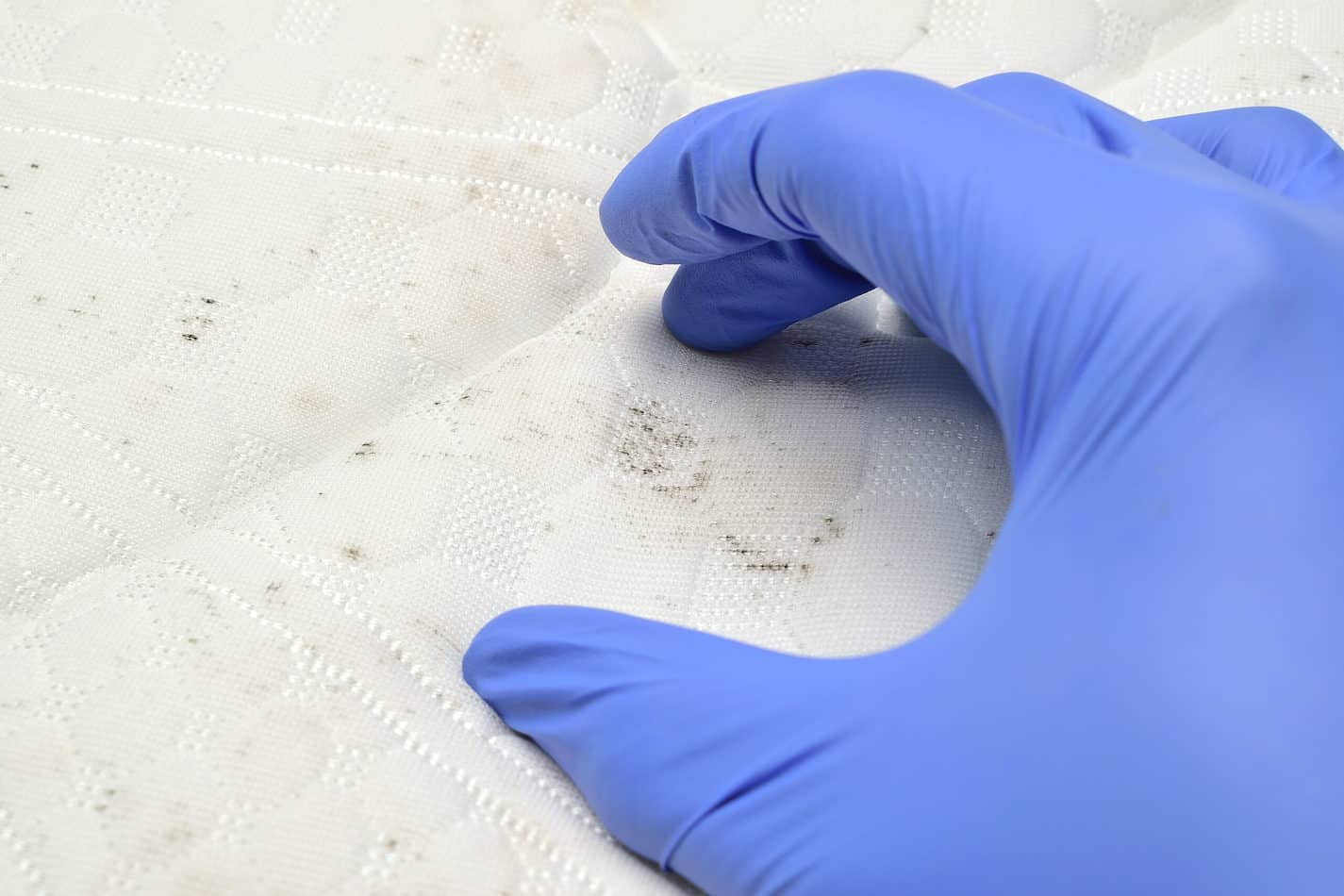 Rotating your mattress every 3-6 months can help prevent mold growth. This will allow for even wear and tear and prevent any one area from becoming overly damp. Additionally, it is important to air out your mattress regularly. Strip off all sheets and bedding and let your mattress sit in a well-ventilated room for a few hours. This will help to dry out any moisture that may have accumulated.
Rotating your mattress every 3-6 months can help prevent mold growth. This will allow for even wear and tear and prevent any one area from becoming overly damp. Additionally, it is important to air out your mattress regularly. Strip off all sheets and bedding and let your mattress sit in a well-ventilated room for a few hours. This will help to dry out any moisture that may have accumulated.
Keep Your Bedroom Environment Cool and Dry
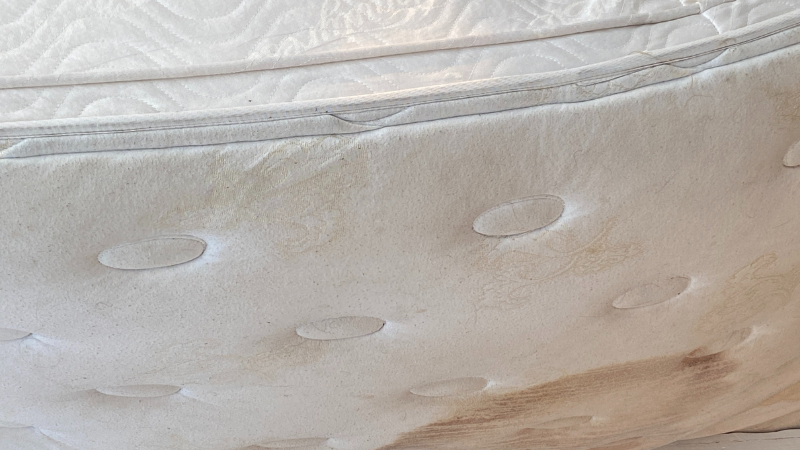 As mentioned earlier, mold thrives in warm and damp environments. Keeping your bedroom cool and dry can help prevent mold growth on your foam mattress. Use a dehumidifier if necessary, especially in humid climates. It is also important to keep your bedroom well-ventilated by opening windows or using a fan.
As mentioned earlier, mold thrives in warm and damp environments. Keeping your bedroom cool and dry can help prevent mold growth on your foam mattress. Use a dehumidifier if necessary, especially in humid climates. It is also important to keep your bedroom well-ventilated by opening windows or using a fan.
Spot Clean Spills and Stains Immediately
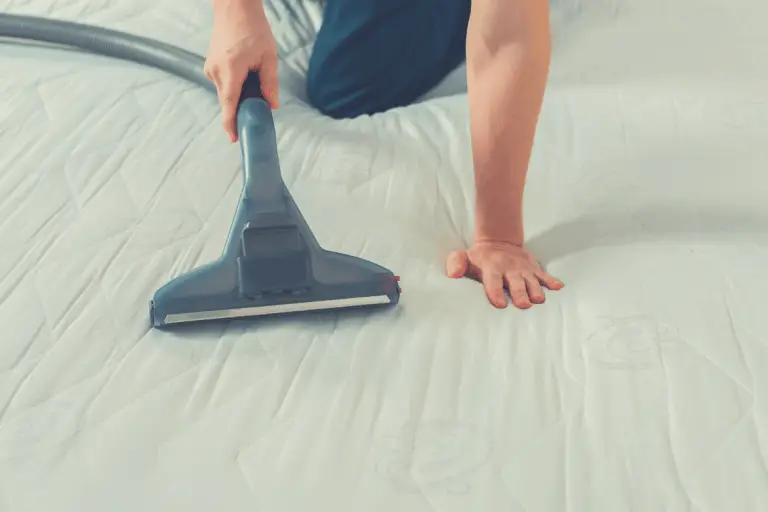 Accidents happen, and spills on your mattress can lead to mold growth if not taken care of promptly. If you do spill something on your foam mattress, make sure to spot clean it immediately. Use a mixture of mild detergent and water to gently dab the affected area. Then, use a clean towel to dry the spot completely.
Accidents happen, and spills on your mattress can lead to mold growth if not taken care of promptly. If you do spill something on your foam mattress, make sure to spot clean it immediately. Use a mixture of mild detergent and water to gently dab the affected area. Then, use a clean towel to dry the spot completely.
Conclusion
 Taking preventive measures to keep your foam mattress mold-free not only ensures its longevity and quality, but it also promotes a healthier sleeping environment. By investing in a waterproof mattress protector, regularly rotating and airing out your mattress, keeping your bedroom environment cool and dry, and spot cleaning spills and stains immediately, you can effectively prevent mold growth on your foam mattress. Remember to regularly check for any signs of mold and address them immediately if found. A little extra effort can go a long way in keeping your mattress clean and safe for years to come.
Taking preventive measures to keep your foam mattress mold-free not only ensures its longevity and quality, but it also promotes a healthier sleeping environment. By investing in a waterproof mattress protector, regularly rotating and airing out your mattress, keeping your bedroom environment cool and dry, and spot cleaning spills and stains immediately, you can effectively prevent mold growth on your foam mattress. Remember to regularly check for any signs of mold and address them immediately if found. A little extra effort can go a long way in keeping your mattress clean and safe for years to come.








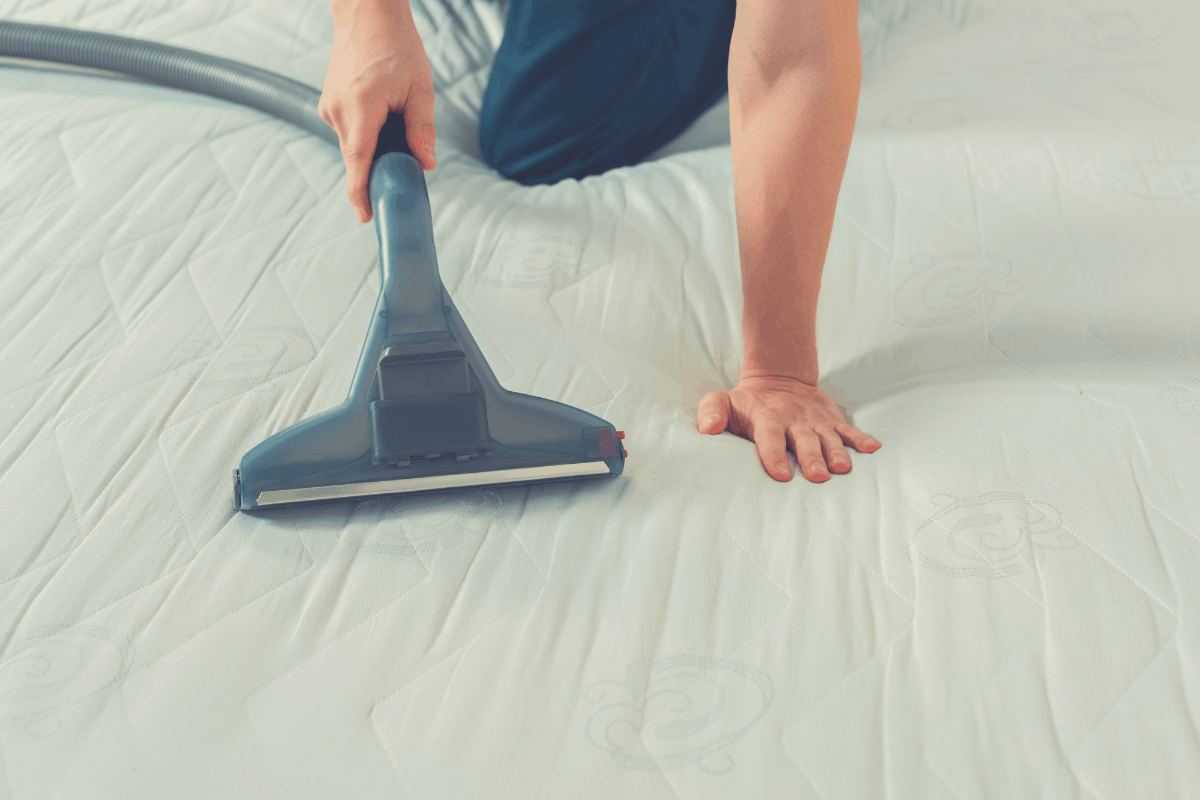
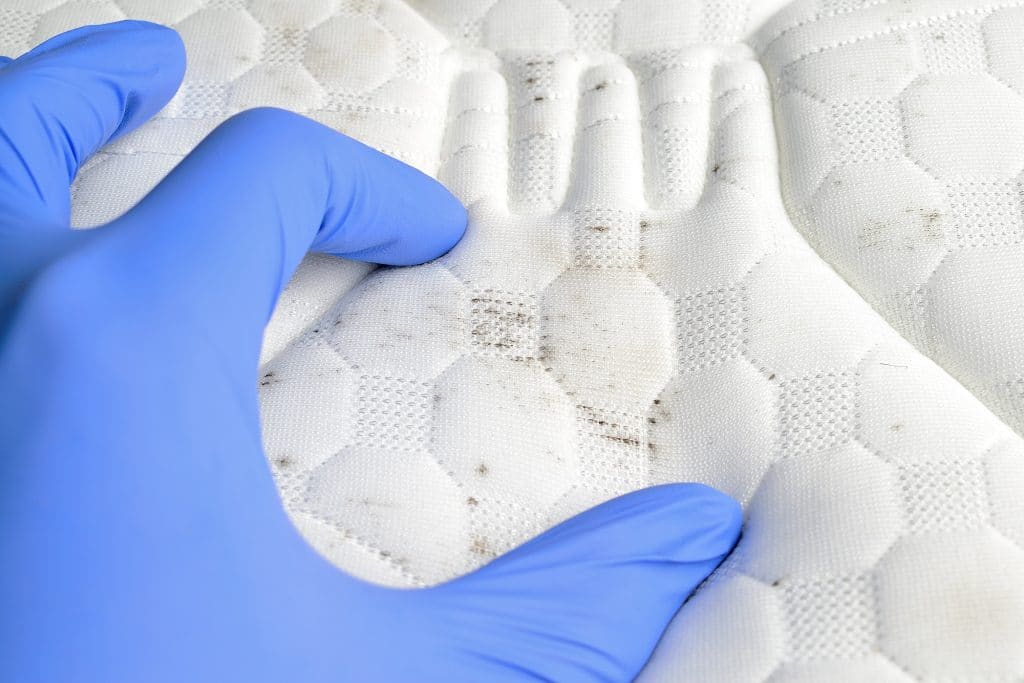

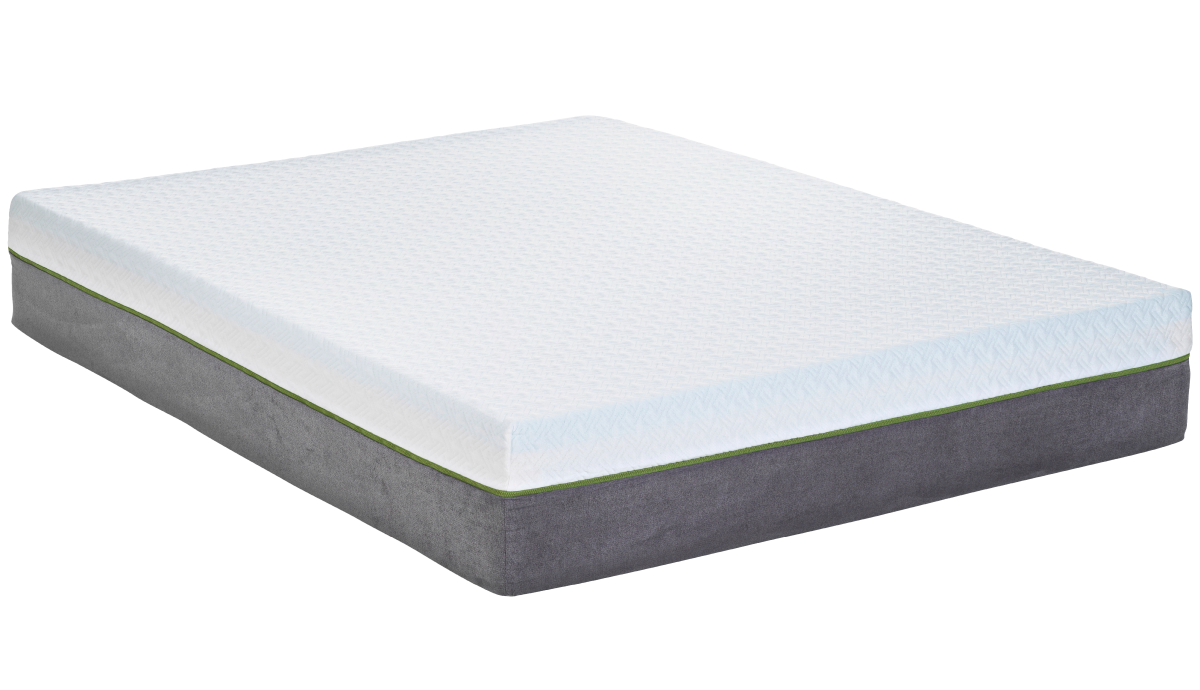


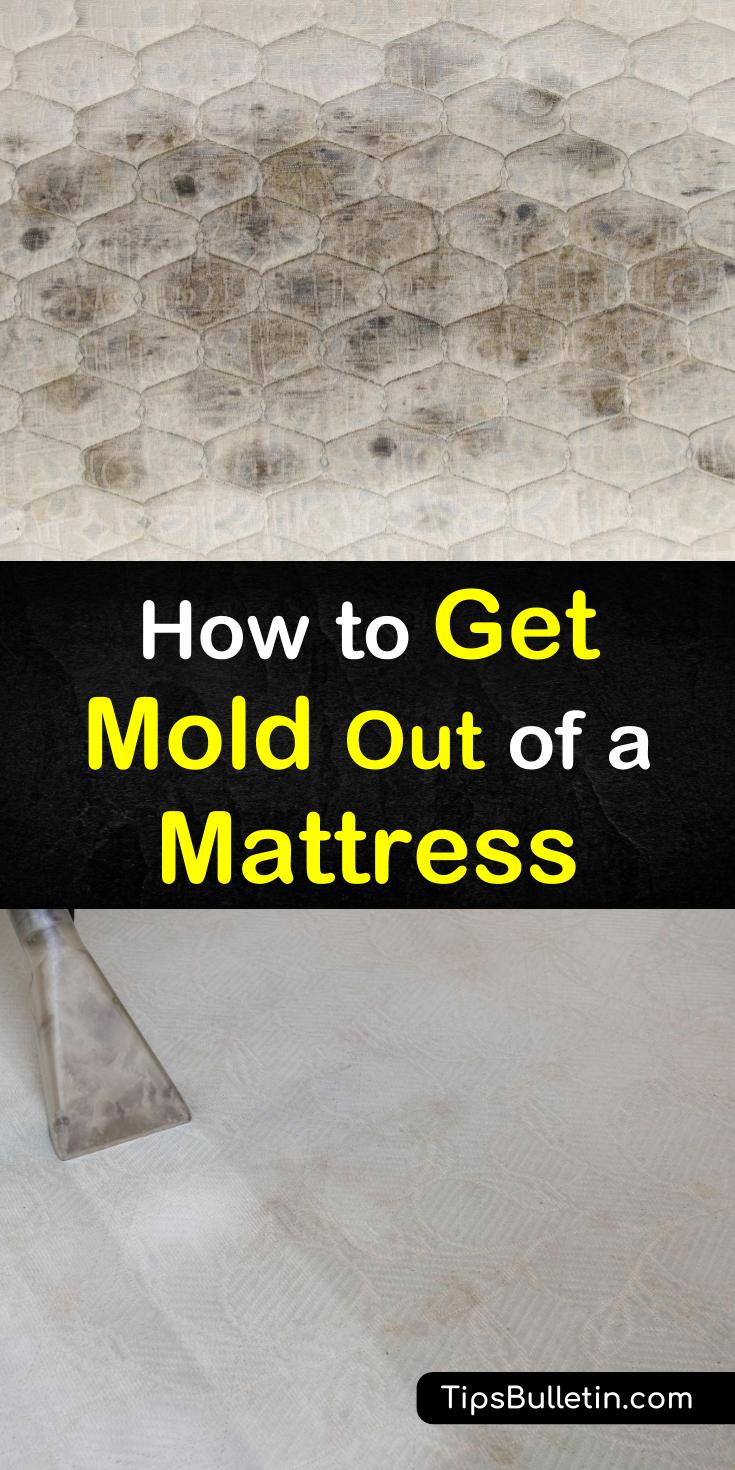
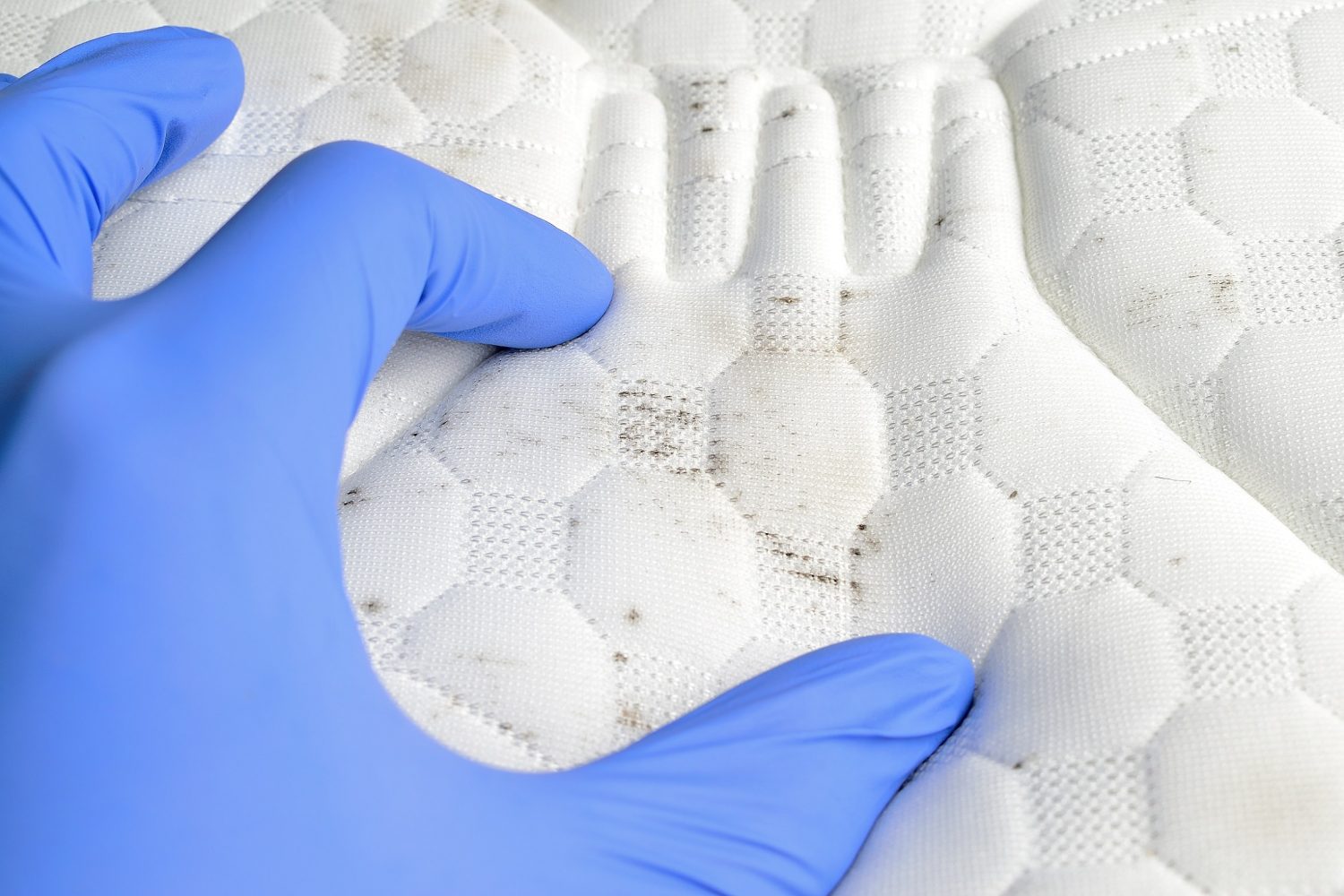



/GettyImages-1206150622-1c297aabd4a94f72a2675fc509306457.jpg)






